Garden History
Cottonwood Community Garden as we know it today was begun in 1991. But the land has a much longer history.
The land around Strathcona Park was populated from time immemorial by the Coast Salish people, including the Squamish (Skwxwú7mesh Úxwumixw), the Musqueam (xʷməθkʷəy̓əm) and the Tsleil-Waututh (səlil̓ilw̓ətaʔɬ).
The nearest permanent settlement to Cottonwood Community Garden was the village of Sen̓áḵw located on the east side of Kitsilano Point. In 1913 the BC government forced the Squamish people to leave Sen̓áḵw to expand the City of Vancouver. They were given 2 days to pack up and were barged to the Squamish Indian Reserves at what is now Londsdale and Capilano.
Eviction of First Nations from Sen̓áḵw - (from CBC news).
The land remains unceded traditional territory of these three Nations.
The land on which Cottonwood Garden is presently located was until 1917 a tidal flats wetland. During the 1910's Great Northern Railway and Canadian National Railway were given title to all land below the high tide mark.
In 1913 the people of Vancouver voted in favour of filling in False Creek Flats east of Main St. to accommodate the construction of the railway terminals. Beginning in 1915 the area was filled with a variety of materials like industrial waste, bricks, lumber and fill from construction projects.
The inlet was dammed at Main Street, and the flats were drained during the following decades. Strathcona developed into a working class residential neighbourhood.
The area where the park is situated was used for pasture, swimming and city dumps. During the depression era of the 1930's a shack town developed on the site. After it was destroyed by the City, an initiative to establish a recreational park begins.

In the l940's, work on False Creek Park (renamed Strathcona Park) got underway with filling the remaining wet areas. Before the park was completed, Canada enters W.W.II and the area is used as a military training field.
More filling is done in the l950's and Cottonwood Garden was filled with alternating layers of garbage and soil. The area south of the gardens, part of the original park area, was developed into a vegetable wholesaling area.
The parkland was split when Hawks Avenue is continued through to Malkin Avenue. The oval track next to Cottonwood Garden became the False Creek Speedway in l957.
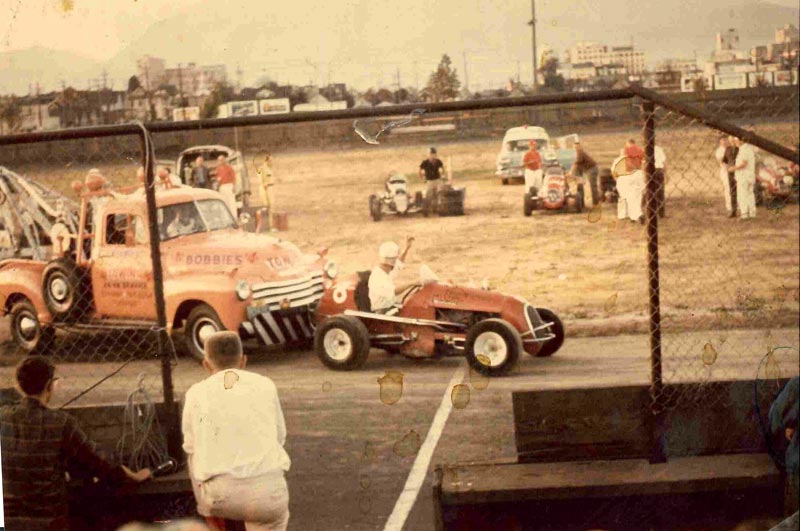
"The track, known in its heyday as the False Creek Speedway, was built by the British Columbia Midget Auto Racing Association. It opened in 1957 as a dirt track and was paved two years later only to be closed at the end of the 1962 season, presumably because the combined din from the excited announcer calling through a sputtering P.A. system and the teeth-chattering racket of 400 horsepower down short straightaways and around tight corners was too much for the neighbourhood" (from the Vancouver Courier).
The area is used as a City works yard in the l960's. Construction of the fire station at the west side of the Strathcona Garden reduces the park area further. A new freeway route is proposed in the l970's through the southern areas of the two garden sites, but is halted by community activism.
Cottonwood Community Garden began in 1991, when a group of community activists began clearing a dump site to create garden plots. Nearby Strathcona Community Garden was filled to capacity, but the demand for additional community gardening sites was still high (article by Oliver Kellhammer).

In 1992, the activists applied to the City to formally recognize and protect the garden, and the City agreed to extend the existing lease for Strathcona Garden to include the new site. From that point on, garden infrastructure was slowly developed first with grants from the Vancouver Foundation to install an irrigation system, then from VanCity's EnviroFund, which helped develop the gardens as a showplace for sustainable practices.
Cottonwood and Strathcona are the largest, two of the oldest, and certainly the most interesting community gardens in the city. Because they are so large, each approximately 3 acres, there was lots of room to experiment with themed gardens.
Cottonwood created an Asian garden to acknowledge the Asian community's influence and heritage in the downtown Eastside, and a Native plant garden to acknowledge the Indigenous community in the area.
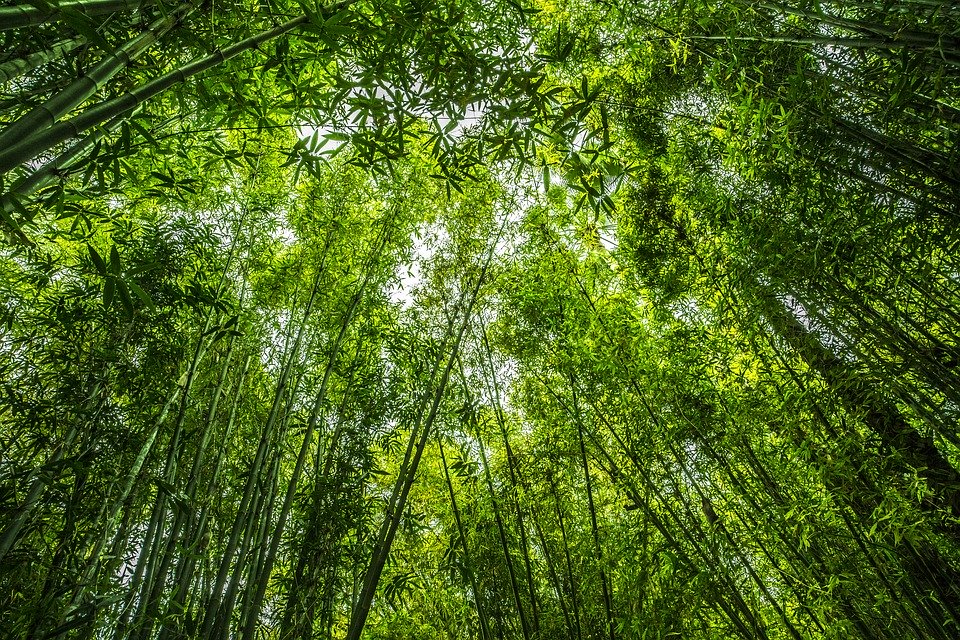
The
large Asian garden includes a kiwi arbour, Asian chestnuts, persimmons,
Asian pears, mulberries, Asian plums, medlars, magnolia, davida, ginkgo
biloba, katsura trees, and 7 varieties of bamboo.
The understory includes hibiscus, rhododendrums, azalea, deutzia, viburnum, beauty berry, tree peony, Japanese fibre bananas and berbis. The Asian garden was the foundation planting in Cottonwood and the trees and the kiwi arbour are now approximately 25 years old and approaching maturity.
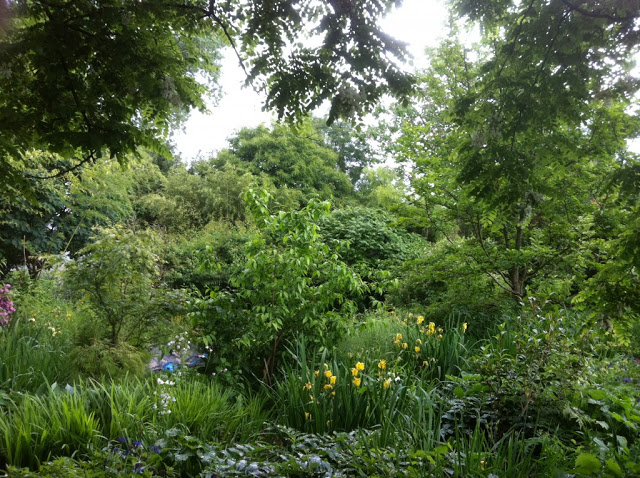
The Native Plant garden began development in 2010 when the trees and the understory shrubs were planted. We are now attempting to establish ground cover of ferns, kinnikinik, sorrel, camas, and more. The Native Plant garden includes red and yellow cedar, birch, native crab apple, vine maple, Douglas maple, black hawthorn, arbutus, bitter cherry, oregon ash, fir, and yew.
The understory includes Oregon grape, wild rose, Saskatoon, elderberry, snowberry, hardtack, pacific ninebark, cranberry, blueberry, and mock orange. The Native Plant garden provides a sustainable habitat for native birds and insects.
In addition to the Native Plant and Asian gardens, we have a collection of fruit trees and shrubs including, apples, plums, sour cherries, sweet cherries, quince, gooseberries, raspberries, blueberries and currants.
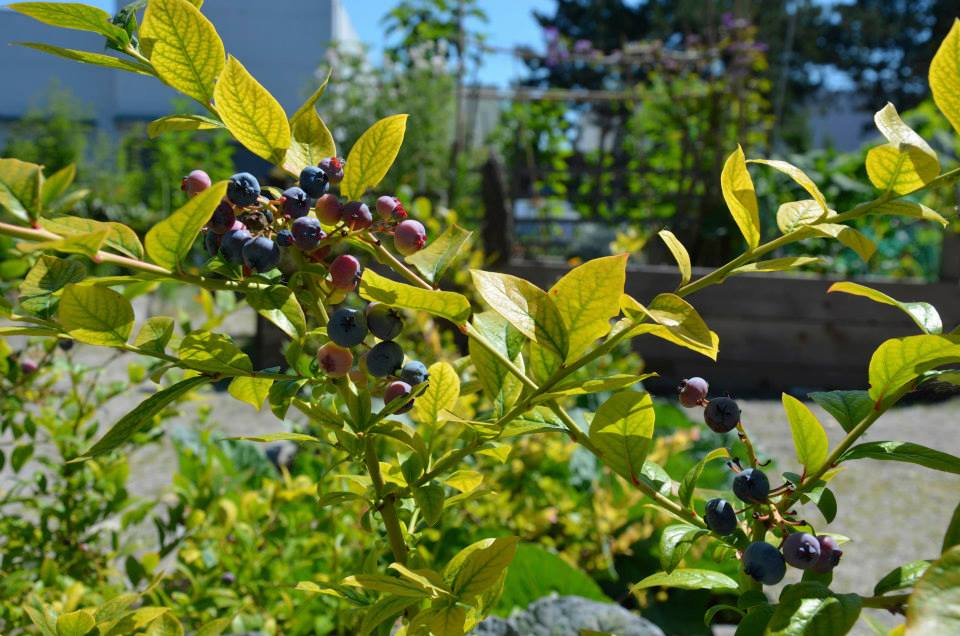
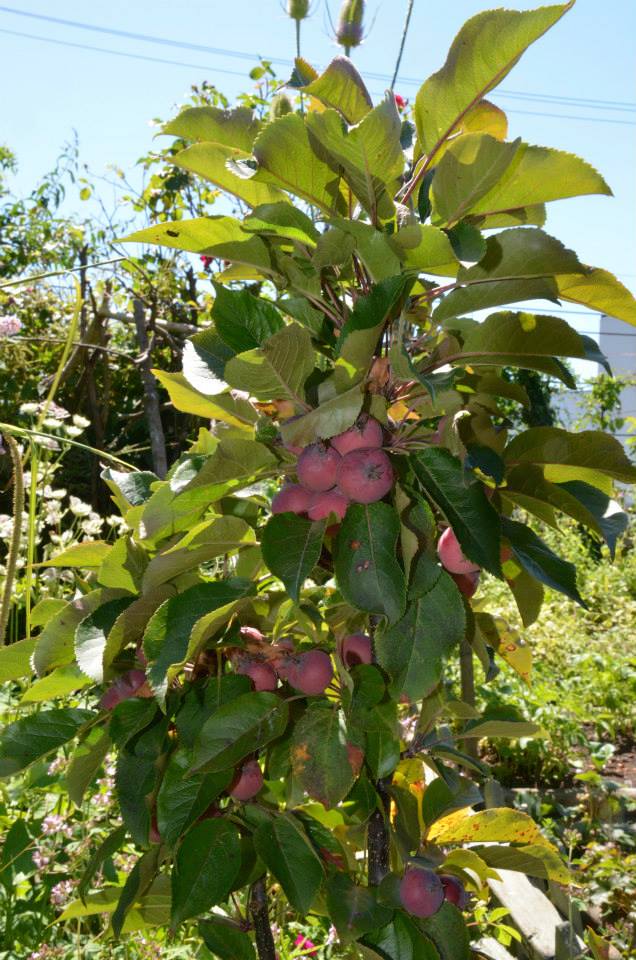
In 2010, to increase pollination and food production, the garden began raising its own honey bees along with native mason bees. A community beekeeping group was formed along with a resource website. Soon after a beekeeping coop was formed that allowed qualified gardeners to bring a bee hive to the garden apiary.

For more history you can also go to: https://www.oliverk.org/art-projects/land-art/cottonwood-community-gardens